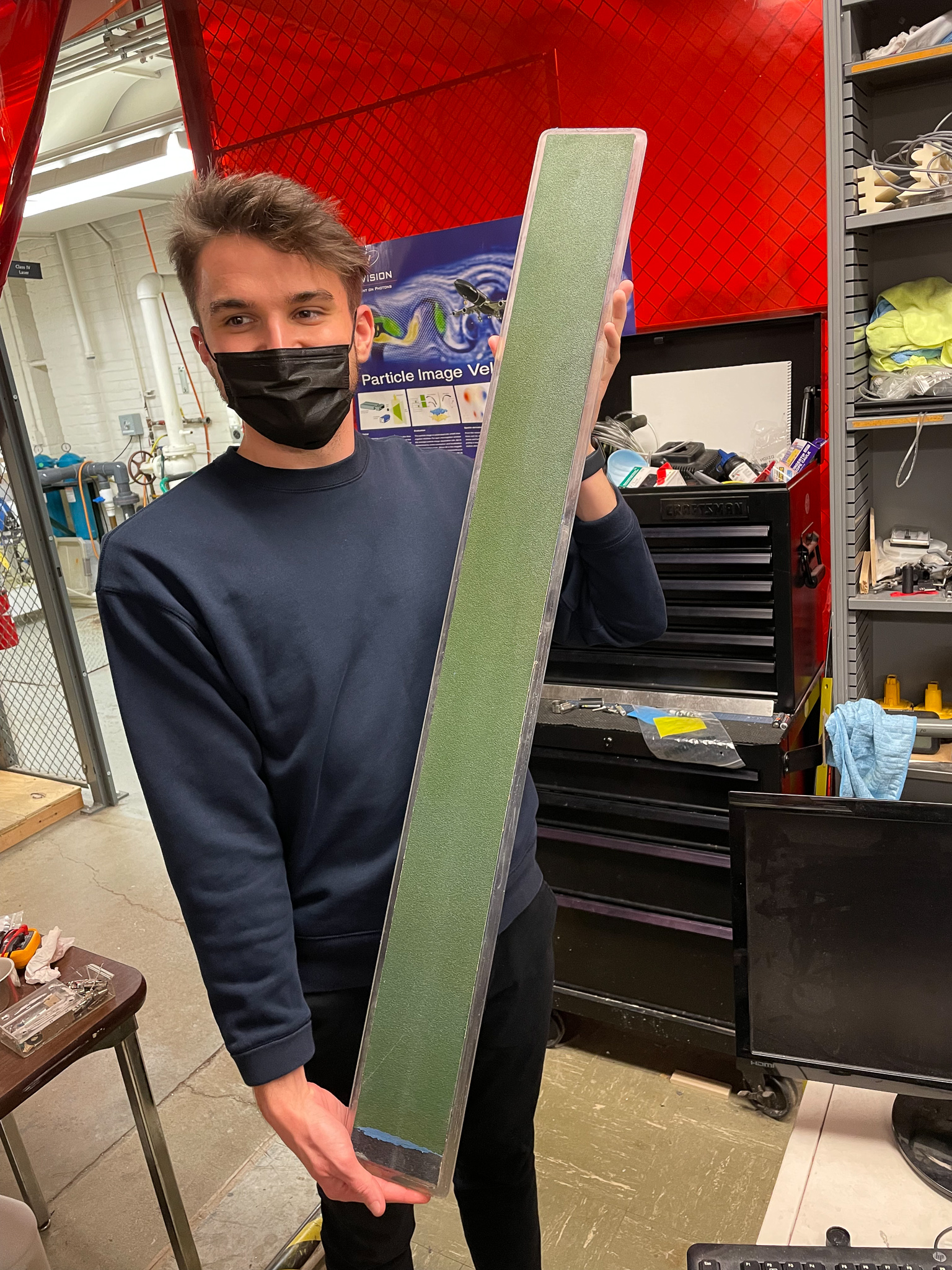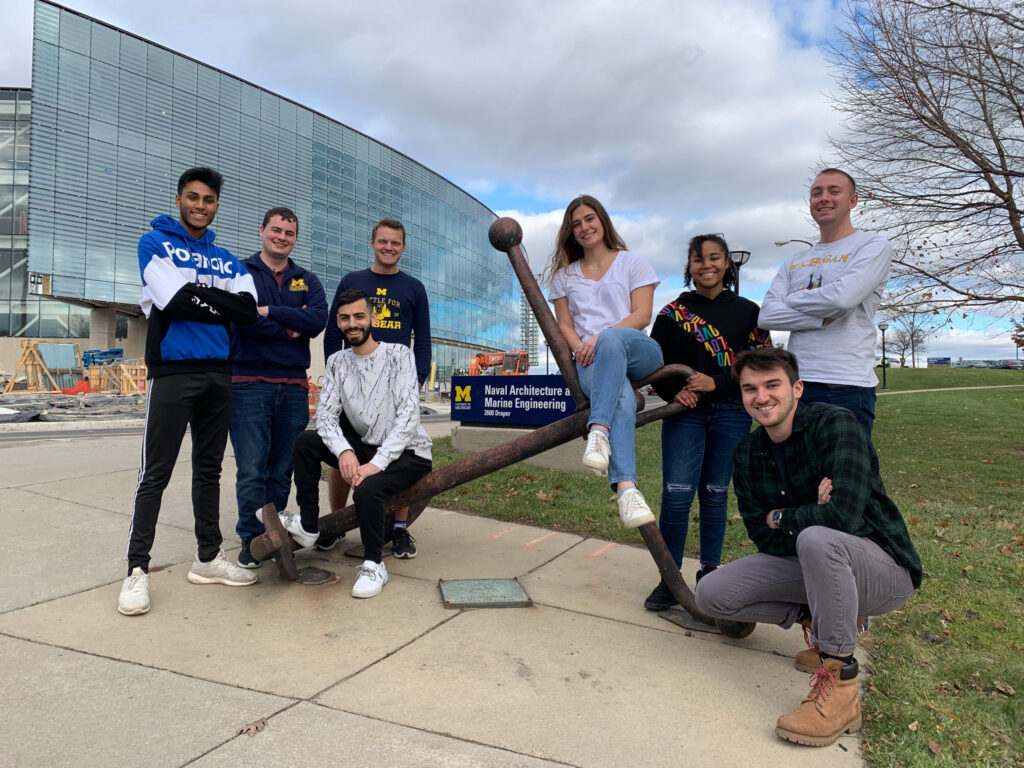The seeds of the entrepreneurial spirit are often planted early in life and cultivated over time before fully blooming. Mike Bagazinski, Naval Architecture and Marine Engineering graduate student at the University of Michigan, is a living example of this journey.
“I think my attraction to entrepreneurship is a culmination of interests I’ve always had that kind of blended together while in college.”
Long before Mike started working on his own start-up, he was a child mowing lawns and shoveling snow around his neighborhood. At the age of 12, he was earning about $60 each week. At this early age, the prospect of making money was exhilarating to Mike.
“I became hooked on saving up to buy myself things like an iPad and an X-Box.”
In high school, Mike’s passion evolved from making money to understanding people and embracing innovation. When he took a summer job cutting grass at the local parks and recreation department, he made the most of his 40-hour work weeks by constantly listening to podcasts such as the Ted Radio Hour, Masters of Scale, and How I Built This.
“I had a bit of an obsession,” Mike says. “I always found it interesting to learn about how other people see the world and what might move them to change their minds.”

Through these podcasts, Mike started to feel the drive to solve real-world problems with creativity, tech, and a little bit of elbow grease. Mike continued to develop this curiosity during high school, but his passion for entrepreneurship exploded in college due to a chance encounter with an event hosted by the Center for Entrepreneurship.
“When I was a sophomore, I worked for The Michigan Daily as a photographer and one week I had the opportunity to pick an event to cover for my dayside. At the time, I was always eager to bring the Daily content from North Campus. The only event I could find that day the Innovation Challenge … I remember being there taking photos of the student teams at this competition and thinking that is an environment I need to be a part of.”
From there, Mike enrolled in a number of ENTR courses, including E-Hour, Finding Your Venture, and Entrepreneurship Practicum. The knowledge and experience gained in these courses ignited a fire inside him, leading to the beginnings of his passion project, Portico. the Portico is a smart device that keeps packages secure from the elements and potential thieves.
“I originally had the idea for Portico in the fall of 2019. I was always interested in home tech and Portico was just one of the concepts I had come up with. I was always exploring how a home could actually be made more ‘smart.'”
When the pandemic hit in March 2020, Mike’s family and friends encouraged him to start building out the first version of the Portico.
“I began building these chest like boxes with an electronic lock out of wood, 3-D printed pieces, and some Arduino components. With too many screws and several drill related injuries later, I had assembled a few different versions.”
Once he’d completed the prototype, Mike began the testing stage. He installed an early version of the Portico at people’s homes and gained insight from both people receiving packages and delivery personnel. He even went as far as delivering for Doordash, Instacart, and Grubhub in order to explore how people in Ann Arbor receive deliveries and find potential pain points in the process.
“This helped me reimagine how a Portico may fit into the broader picture of the kinds of deliveries people can receive at their homes.”
After a while, though, Mike found himself struggling to turn the knowledge he’d gained into a convincing sales pitch. He turned to the staff and faculty at the Center for Entrepreneurship for guidance.
 “It was not until after a few conversations with Dr. Nick Moroz and an office hour session with Ted Dacko where I realized the minimally viable product model may be great for testing interest in a software based service, but it falls short when it comes to physical products. By switching the approach from a minimally viable product to a minimally sellable product, you change the insights you get from people in every conversation.”
“It was not until after a few conversations with Dr. Nick Moroz and an office hour session with Ted Dacko where I realized the minimally viable product model may be great for testing interest in a software based service, but it falls short when it comes to physical products. By switching the approach from a minimally viable product to a minimally sellable product, you change the insights you get from people in every conversation.”
Using the feedback he’d gathered in the first stages of testing, Mike created a new and improved iteration of the Portico, this time with a simpler assembly process.
“I could switch the pitch from ‘Do you like this concept?’ to ‘Would you buy this Portico?’. It may sound obvious, but if I have learned anything, obviousness is relative.”
Today, Mike continues to work on Portico. He also hopes to secure a job as a design engineer in the tech industry.
“The knowledge I have gained from my CFE classes and my engineering classes have given me the tools to continuously improve the business in all areas from innovating the Portico to redefining the ways it’s marketed.”
Interested in gaining hands-on experience with entrepreneurship? View all available ENTR Fall courses here!

